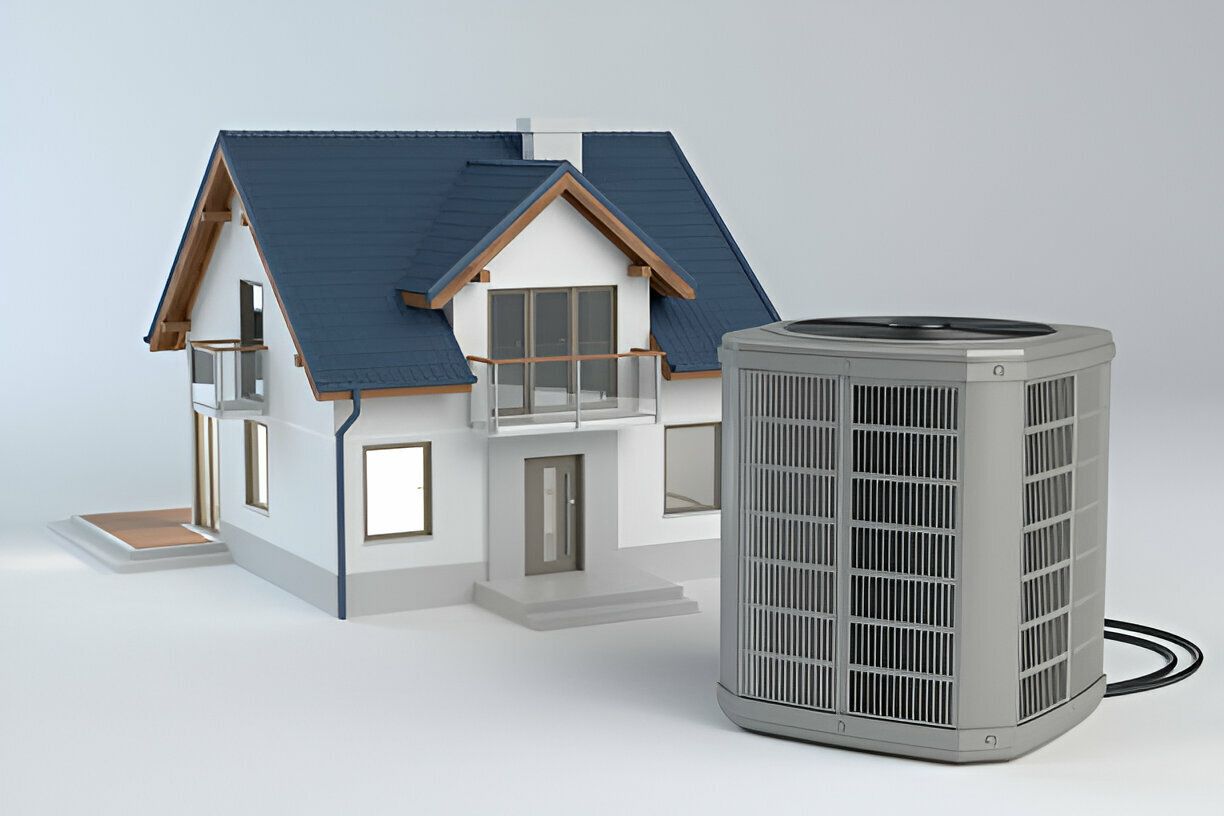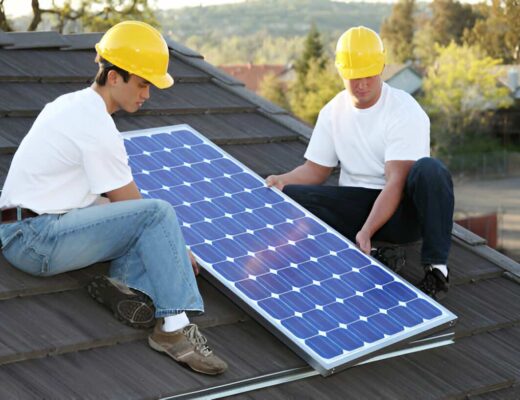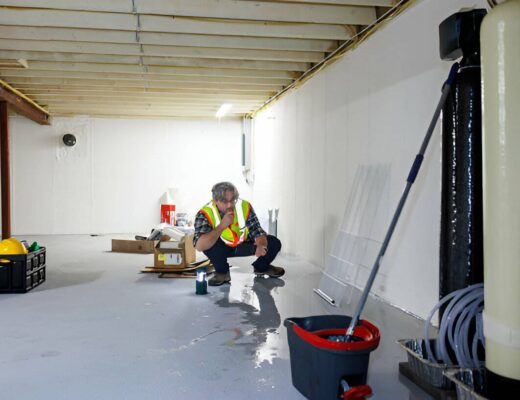Title: Installing a new HVAC system is a significant investment for homeowners. However, many misconceptions surround the installation process, leading to potential inefficiencies and increased costs.
In this blog post, we’ll debunk five common HVAC installation myths to help you make informed decisions and ensure your system operates at peak efficiency. By understanding these misconceptions, you can avoid costly mistakes and enjoy a comfortable, energy-efficient home for years to come.
Bigger Is Always Better
Many homeowners believe that a larger HVAC system will cool or heat their home more effectively. This misconception often leads to the installation of oversized units, which can cause numerous problems. An oversized system will cycle on and off frequently, leading to increased wear and tear on components and reduced efficiency.
Proper sizing is crucial for optimal HVAC performance. A correctly sized system will maintain comfortable temperatures, control humidity effectively, and operate efficiently. To determine the right size for your home, consider factors such as square footage, insulation levels, window layout, and local climate conditions.
DIY Installation Saves Money
Some homeowners attempt to install HVAC systems themselves to save money. However, this approach often leads to costly mistakes and potential safety hazards. HVAC installation requires specialized knowledge, tools, and expertise to ensure proper functioning and compliance with local building codes.
Professional installation is essential for optimal performance and longevity of your HVAC system. Certified technicians have the skills to handle refrigerants, electrical connections, and system calibration safely and effectively.
Additionally, professional installation typically includes warranties on both equipment and labor, providing peace of mind and protection against future issues.
Ductwork Doesn’t Matter
Many homeowners overlook the importance of proper ductwork when installing a new HVAC system. They assume that existing ducts will work fine with any new system. However, poorly designed or damaged ductwork can significantly impact system efficiency and air distribution.
Proper ductwork is crucial for even heating and cooling throughout your home. Before installation, have a professional inspect your existing ductwork for leaks, damage, or inadequate insulation. Addressing these issues can improve system efficiency and air distribution, leading to better comfort and lower energy bills.
Thermostat Placement Is Irrelevant
Some homeowners believe that thermostat placement doesn’t affect HVAC performance. This misconception can lead to improper temperature readings and inefficient system operation. Incorrect thermostat placement can cause your system to work harder than necessary, leading to increased energy consumption and wear on components.
Proper thermostat placement is essential for accurate temperature control. Install your thermostat on an interior wall, away from direct sunlight, drafts, and heat sources. Avoid placing it near windows, doors, or in rarely used rooms. The ideal location is in a central area of your home that experiences average temperatures and air circulation.
Energy Efficiency Doesn’t Matter
Some homeowners focus solely on the upfront cost of HVAC installation, overlooking the long-term benefits of energy-efficient systems. They may choose less efficient models to save money initially, not realizing the potential for higher energy bills and increased environmental impact.
Investing in an energy-efficient HVAC system can lead to significant savings over time. Look for systems with high SEER (Seasonal Energy Efficiency Ratio) ratings for air conditioners and high AFUE (Annual Fuel Utilization Efficiency) ratings for furnaces.
While these systems may have a higher initial cost, they often pay for themselves through reduced energy consumption and lower utility bills.
Conclusion
By debunking these common HVAC installation misconceptions, homeowners can make more informed decisions when upgrading their heating and cooling systems. Remember that proper sizing, professional installation, ductwork consideration, thermostat placement, and energy efficiency all play crucial roles in the performance and longevity of your HVAC system.
By working with experienced professionals and prioritizing these factors, you can ensure a comfortable, efficient, and cost-effective home environment for years to come.




